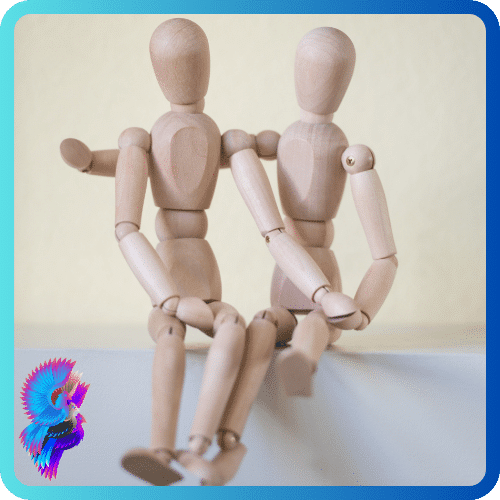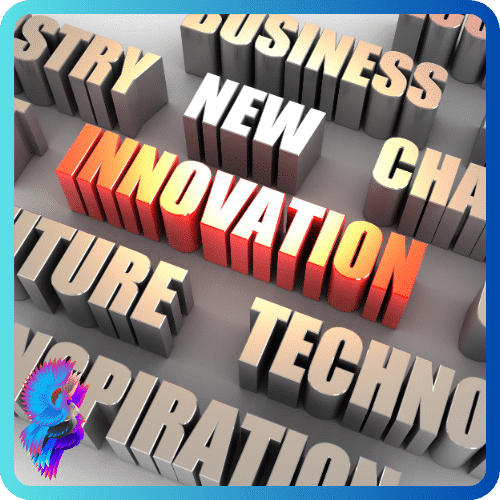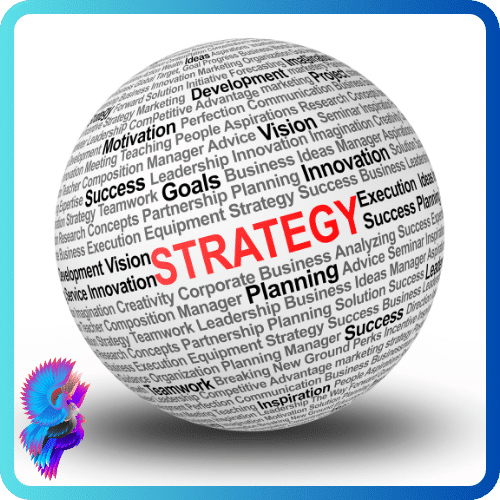Advertisements
A single flower is never a garden; it demands a symphony of flowers to determine how gorgeous your garden is.

It’s the same with your workforce teams, which should start at the leading edge (C-suite level) because only executives can maintain the highest degree of harmony across their subordinates and a beehive-like synchronized and synergistic operational atmosphere as well.
Teams in modern times are significantly more varied, dispersed, computerized, digitized, and dynamic (with variant collections in expertise fields) than employees in the past.
While teams encounter new challenges, their performance remains dependent on a basic set of foundations for group communication.

In this article, I will discuss some of these fundamentals and how they can help teams communicate effectively in the digital age.
I will also share some tips and best practices for enhancing team communication using various tools and platforms.
The following are some of the fundamentals for group communication:
Shared goals and vision:
Teams need to have a clear and common understanding of what they are trying to achieve, why it matters, and how they will measure their progress and success. This helps teams align their efforts, prioritize their tasks, and avoid conflicts or misunderstandings.
Trust and psychological safety:
Teams need to create a culture of trust and psychological safety, where team members feel comfortable sharing their ideas, opinions, feedback, and concerns without fear of being judged, criticized, or punished. This fosters a climate of openness, honesty, and collaboration, where team members can learn from each other, support each other, and innovate together.
Diversity and inclusion:
Teams need to embrace and leverage the diversity of their members, in terms of their backgrounds, perspectives, skills, and experiences.
Teams also need to ensure that everyone feels included and valued, regardless of their differences.
This enhances the creativity, quality, and richness of team outputs, as well as the satisfaction and engagement of team members.
Communication norms and etiquette:
Teams need to establish and follow some norms and etiquette for their communication, such as when to use which channel (e.g., email, chat, video call), how to structure and format their messages (e.g., subject line, salutation, signature), how to acknowledge and respond to messages (e.g., reply-all, cc, bcc), how to handle conflicts or disagreements (e.g., constructive feedback, apology), etc. This helps teams communicate more efficiently, effectively, and respectfully.
Choosing the right communication channels for different purposes and audiences.
For example, you can use email for formal and asynchronous communication, chat apps for quick and informal messages, video calls for meetings and presentations, and collaboration platforms for sharing documents and feedback.
Setting clear expectations and boundaries for communication.
For example, you can establish a communication plan that outlines the frequency, mode, and agenda of communication, as well as the roles and responsibilities of each team member.
You can also set communication norms and etiquette, such as when to use emojis, how to handle interruptions, and how to respect different time zones and work styles.
Using visual aids and feedback tools to enhance understanding and engagement.
For example, you can use screen sharing, whiteboards, diagrams, charts, and graphs to illustrate your ideas and data.
You can also use polls, surveys, quizzes, and games to solicit feedback and opinions from your team members and stakeholders.
Building trust and rapport with your team members through regular check-ins and social interactions.
For example, you can schedule weekly or daily stand-ups to update each other on your progress, challenges, and needs.
You can also organize virtual coffee breaks, happy hours, or team-building activities to bond with your team members and celebrate achievements.
Avoiding common communication pitfalls and resolving conflicts constructively.
For example, you can avoid miscommunication by using clear and concise language, asking for clarification, repeating key points, and confirming understanding.
You can also resolve conflicts by listening empathetically, acknowledging different perspectives, focusing on the problem rather than the person, and finding a win-win solution.
*Some examples of common communication pitfalls are: making assumptions, jumping to conclusions, blaming or criticizing others, interrupting or dominating the conversation, and being defensive or aggressive.
*Some examples of constructive conflict resolution strategies are: using “I” statements instead of “you” statements, expressing your feelings and needs without judging or attacking others, asking open-ended questions instead of making accusations or demands, and seeking to understand before being understood.

By following these tips and best practices, you will be able to communicate more effectively with your team, improve collaboration, and achieve better results.
Let’s get started!
Advertisements

















